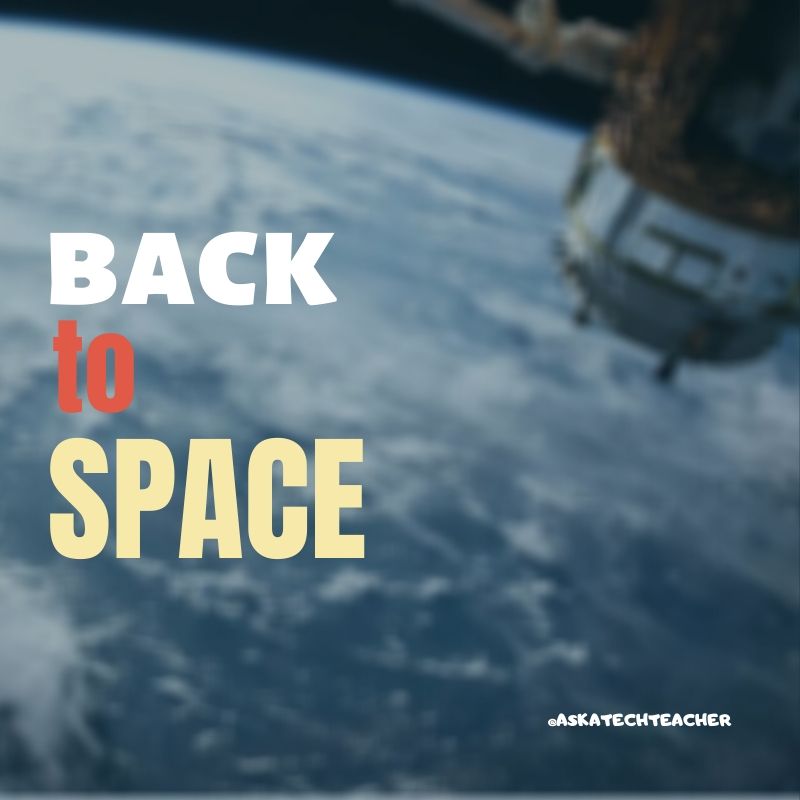 Convincing students–and teachers–of the importance of keyboarding can be daunting. Youngers find it painful (trying to find those 26 alphabet keys) and olders think their hunt-and-peck approach is just fine. Explaining why keyboarding is critical to their long-range goals is often an exercise in futility if they haven’t yet experienced it authentically so I’ve resorted to showing–let them see for themselves why they want to become fast and accurate typists. To do this, I rely on a system they already know (or will be learning): the Scientific Method.
Convincing students–and teachers–of the importance of keyboarding can be daunting. Youngers find it painful (trying to find those 26 alphabet keys) and olders think their hunt-and-peck approach is just fine. Explaining why keyboarding is critical to their long-range goals is often an exercise in futility if they haven’t yet experienced it authentically so I’ve resorted to showing–let them see for themselves why they want to become fast and accurate typists. To do this, I rely on a system they already know (or will be learning): the Scientific Method.
Let me stop here and point out that there are many versions of the scientific method. Use the one popular at your school. The upcoming steps easily adapt to the pedagogy your science teacher recommends.
I start with a general discussion of this well-accepted approach to decision making and problem-solving. If students have discussed it in class, I have them share their thoughts. We will use it to address the question:
Is handwriting or keyboarding faster?
I post each step on the Smartscreen or whiteboard and show students how our experiment will work:
- Ask a question: Is handwriting or keyboarding faster?
- Do background research: Discuss why students think they handwrite faster/slower than they type. Curious students might even research the topic by Googling, Is keyboarding faster than handwriting?
- Construct a hypothesis: Following the research, student states her/his informed conclusion: i.e.: Fifth graders in Mr. X’s class handwrite faster than they type.
- Test hypothesis: Do an experiment to see if handwriting or typing is faster. Pass out a printed page from a book students are reading in class. Have them 1) handwrite it for three minutes, and then 2) type it for the same length of time. Each time, calculate the speed in words-per-minute.
- Analyze data: Compare student personal handwriting speed to their typing speed. Which is faster? Discuss data. Why do some students type faster than they write and others slower? Or the reverse? What problems were faced in handwriting for three-five minutes:
- pencil lead broke
- eraser was missing
- hand got tired
- it got boring
Each student compares their results to classmates and to other grade levels. What was different? Or the same?
- Draw conclusions: Each student determines what can be decided based on their personal test results. Did they type faster or slower? Did this change from last year’s results? Did some classmates type faster than they handwrote? Did most students by a certain grade level type faster than they write?
- Communicate results: Share results with other classes and other grade levels. At what grade level do students consistently type faster than they handwrite? In my classes, fourth graders write and type at about the same speed (22-28 wpm) and fifth graders generally type faster than they write. Are students surprised by the answer?
Every year I’ve done this, third graders have constructed the hypothesis and proved with their data that “Handwriting is faster than keyboarding”. By fourth and fifth grade, while the hypothesis often is the same, the conclusion isn’t because many of them are now familiar enough with key placement and typing skills, they type faster than they write. This is an epiphany and a motivator that learning to keyboard is worth the effort.
If you have time, students can test the same hypothesis, but this time without a prepared sheet. This time, have them type from the thoughts in their heads on a given topic, much as they might if they’re writing a story or preparing a book report. Here’s how that would work:
 Give students a writing prompt.
Give students a writing prompt.- Give them a minute to think through the prompt organizing ideas based on your school’s version of the five-paragraph essay—1) introduction, 2-4) one paragraph per point, 5) conclusion.
- Type response for three-five minutes.
- Provide a different prompt and follow the same procedure, but this time they handwrite.
Discuss the differences. Was it easier to type or handwrite without notes? Did students who type 20 wpm and faster like typing better than slower typists? What problems did students encounter?
Another popular question: Is keyboarding on an iPad faster, the same, or slower than on a traditional keyboard? Before continuing, think what hypothesis you and fellow teachers would construct and then ask your students what they posit. Are the answers different? Now review Brady Cline’s experiment with his class here (http://www.bradycline.com/2013/in/ipad-typing/).
Overall, encouraging students to test their own hypothesis and challenge their beliefs, went well-beyond simply my goal of encouraging the development of typing skills. Students felt part of the process, active stakeholders in the results rather than the passive recipients of someone else’s beliefs. They were much more likely to work harder at their own skills and encourage classmates to do the same.
Jacqui Murray has been teaching K-18 technology for 30 years. She is the editor/author of over a hundred tech ed resources including a K-12 technology curriculum, K-8 keyboard curriculum, K-8 Digital Citizenship curriculum. She is an adjunct professor in tech ed, Master Teacher, webmaster for four blogs, an Amazon Vine Voice, CSTA presentation reviewer, freelance journalist on tech ed topics, contributor to NEA Today, and author of the tech thrillers, To Hunt a Sub and Twenty-four Days. You can find her resources at Structured Learning.




































This is a wonderful, authentic demonstration of the scientific method in classroom environments. The next question I would ask is, “Which method, handwriting or typing, makes it easier for student writers to edit what they have written?”
Both as a student and as a teacher, I have been dismayed at those smudge marks or holes in the paper that come with pencil on paper editing efforts. Pen on paper edits look even worse!
Students might respond with a simple Likert scale survey of whether they prefer editing (going from first draft to final draft) with keyboards on computer screens using word processing software or pen/pencil on lined paper?
Love that addition, Bill. It’s a natural rejoinder–and a next step for those looking to extend the science.